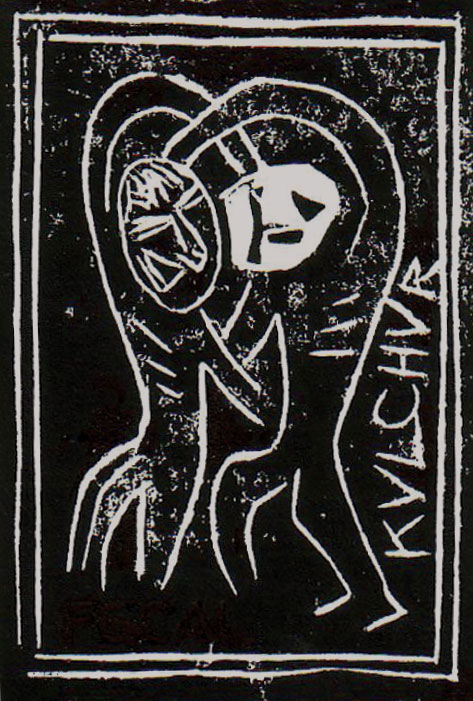Somewhat grueling past forty-eight hours devoted to building with my twin brother a moderately sized dollhouse for my daughter, my brother bringing to bear two decades of experience as a construction worker, including some recent Hurricane Sandy recovery work, on building miniature trusses and rafters out of stripped pine studs and balsa wood—and so this was for my daughter and I an unusual treat, the dollhouse an odd outlet for construction experience, and because of that incredibly meaningful and incredibly instructive.
Thinking now about an essay on Robert Duncan I knocked out earlier in the week, a slight commentary on the new UCP volumes, and Duncan, his affinity for the term householder, this how he understands himself, as one who holds the house, and there is in this term a curious tension between owning the home and cradling the home, and so I find myself preferring the term homemaker—to make the home again and again, in each instant a home unlike any other—and my brother a homebuilder—what Duncan regarded as the making of "revealed worlds."
Thinking too about Hurricane Katrina, me reminded of this by way of a friend thinking homes and houses, the dollhouse and the house ravaged not by nature but negligence, the number of homes devastated, the number of families displaced. And what use a dollhouse when living beings are without homes or adequate housing. But there it is, still the desire toward it against what might present itself as priority and is unquestionably priority—a latency in the dollhouse, a utopian impulse or perhaps just the germ of an irretrievable longing—perhaps.
And Susan Stewart engages utopian longing and this question of the miniature, this question of scale, and I would have missed this book which, to me, seemed always a slight book next to Crimes of Writing, were it not for Orlando Reade who, when he mentioned the book, seemed fascinated by this question of the miniature in a way that I did not then understand and which feels available to me only now, as I work on this dollhouse with my brother, as the shape of the structure of this thing continues to emerge, the relation of objects within the thing gradually taking on a relation to this emergent environment, the smallness of it all comforting or perhaps just somehow knowable, manageable, and for that reassuring.
Stewart, the section on the dollhouse from On Longing: Narratives of the Minaiature, the Gigantic, the Souvenir, The Collection (Duke University Press 2003): "Transcendence and the interiority of history and narrative are the dominant characteristics of the most consummate of miniatures—the dollhouse. A house within a house, the dollhouse not only presents the house's articulation of the tension between inner and outer spheres, of exteriority and interiority—it also represents the tension between two modes of interiority. Occupying a space within a closed space, the dollhouse's aptest analogy is the locket or the secret recesses of the heart: center within center, within within within. The dollhouse is a materialized secret; what we look for is the dollhouse within the dollhouse and its promise of an infinitely profound interiority."










<< Home